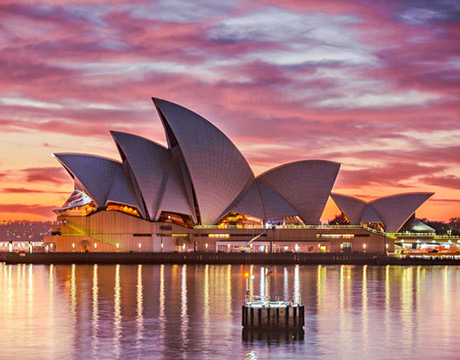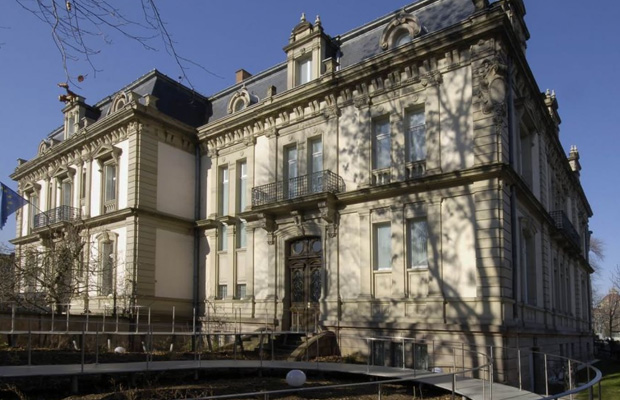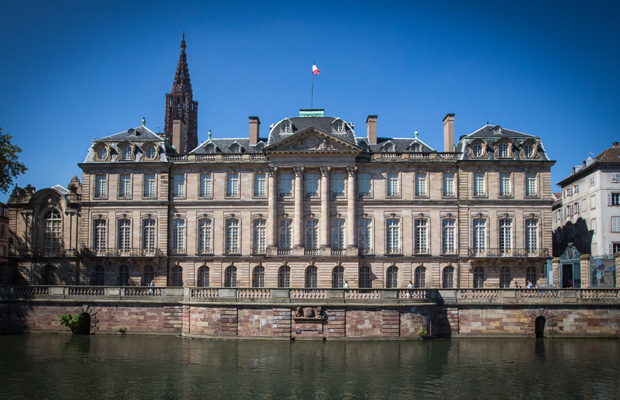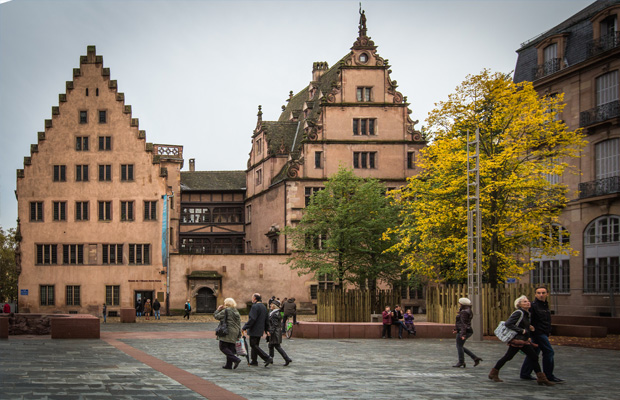Barrage Vauban
Barrage Vauban
France
Strasbourg
Strasbourg Travel Guide
Book Tour & Activities
Your tour in Strasbourg.
Book your stay
Your hotel in Strasbourg.
Overview
The Barrage Vauban, or Vauban Dam, is a bridge, weir and defensive work erected in the 17th century on the River Ill in the city of Strasbourg in France. At that time, it was known as the Great Lock, although it does not function as a navigation lock in the modern sense of the word.
The Barrage Vauban, or Vauban Dam, is a bridge, weir and defensive work erected in the 17th century on the River Ill in the city of Strasbourg in France. At that time, it was known as the Great Lock, although it does not function as a navigation lock in the modern sense of the word. Today it serves to display sculptures and has a viewing terrace on its roof, with views of the earlier Ponts Couverts bridges and Petite France quarter. It has been classified as a Monument historique since 1971. The barrage was constructed from 1686 to 1690 in pink Vosges sandstone by the French Engineer Jacques Tarade according to plans by Vauban. The principal defensive function of the barrage was to enable, in the event of an attack, the raising the level of the River Ill and thus the flooding of all the lands south of the city, making them impassable to the enemy. This defensive measure was deployed in 1870, when Strasbourg was besieged by Prussian forces during the Franco-Prussian War, and resulted in the complete flooding of the northern part of the suburb of Neudorf. The barrage has 13 arches and is 120 metres in length.
Address: Place du Quartier Blanc, 67000 Strasbourg, France
Opened: 1690
Hours: Open ⋅ Closes 7PM
Location: Strasbourg
Architect: Sébastien Le Prestre de Vauban
Video Travel Inspiration
See Barrage Vauban on Map
Most Popular Cities

Siem Reap
Cambodia
Ho Chi Minh City
Vietnam
Beijing
China
Paris
France
London
United Kingdom
New York
USA
Tokyo
Japan
Bangkok
Thailand
Seoul
South Korea
Vientiane
Laos
Yangon
Myanmar
Washington DC
USA
Los Angeles
USA
Ottawa
Canada
New Delhi
India
Singapore
Singapore
Kuala Lumpur
Malaysia
 English
English French
French Khmer
Khmer Thai
Thai Vietnamese
Vietnamese Chinese
Chinese Korean
Korean German
German Japanese
Japanese Italian
Italian Russian
Russian Spanish
Spanish Dutch
Dutch Indonesian
Indonesian Malay
Malay















